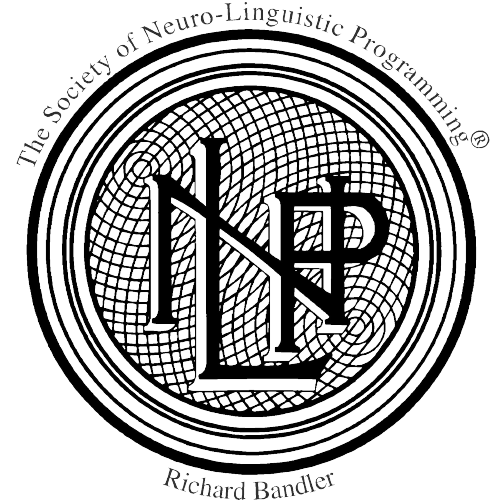Balanced on the Brim of Flow
The first miracle wasn’t that we are here — but that anything is. Long before breath fogged glass or names tethered stars, the universe tiptoed a tightrope so narrow it could split an atom. Tip one constant by a hair’s breadth — gravity, nuclear force, antimatter ratios — and there would be no stars, no water, no readers contemplating their place in the cosmos. Just void. Which, as design choices go, lacks charm.
Physicists call it ‘fine-tuning’. Others call it luck. The rest of us call it Tuesday and carry on with our overdrawn lives. But beneath it all runs a theme—one that connects galaxies to gut flora, suspense to surrender: life happens in the in-between. Not too much, not too little. Just right. It’s not an easy place to find. Harder still to stay in. Because threading the needle is a small act that pulls the infinite through the finite. Easy to miss, impossible to fake.
Astrobiology names it the Goldilocks zone: the habitable strip, not too hot, not too cold, where water might pool and life might stir. Earth found its perch, neither scorched like Venus nor frozen like Mars. Whether placed or stumbled, it hit the sweet spot. And from that narrow equilibrium, second chances bloomed. But this isn’t an interplanetary footnote. It’s a recurring principle.
Move inward—towards the cellular, the bodily, the buried. Electrons don’t cling through brute force, but by balance. Cells perform only when fluids, salts, and temperatures hover within whisper-close thresholds. Drift a degree and enzymes unravel. Tip the blood’s pH and the whole orchestra downs tools. Balance isn’t stillness. It’s a dance performed on the rim of collapse.

Triumph in Design, Pleasure, and Play
Engineers will tell you they build better. Stronger. But under the bravado lies ancient mimicry. Steel flexes not to prove strength but to avoid shattering. The best structures aren’t rigid. They breathe. The genius isn’t in resisting stress but distributing it. We are all, it turns out, built to bend. Like well-dressed drunks at a wake, we survive by swaying just enough to stay upright.
The same goes for anything designed to be used by humans without provoking curses. Digital interfaces that get the Goldilocks treatment disappear into delight. Too simple and we yawn. Too complex and we hurl mice at walls. The middle is where utility marries joy. Design doesn’t shout. It seduces. Bad design, on the other hand, is like a one-night stand who stays for breakfast and insults your coffee.
Even pleasure—especially pleasure—is balanced on the blade. The nervous system does not hand out ecstasy to the overeager. It requires breath, build-up, finesse. Orgasm isn’t seized. It’s surfed. A surrender in disguise, dressed up as skill. Miss the moment and you’re flailing. Catch the current and it sings.
Play dances on the same tightrope. Children learn by risking, not wrecking. Games aren’t safe, but they’re bounded. Jazz improvises, but on scales. The blank page doesn’t free the writer; it paralyses. Constraint, it turns out, is kindness in disguise. The mind needs fences to lean on, not walls to smash through. Or worse, open-plan offices masquerading as creativity.
Humour too walks a line. Go too far and you offend. Stay too tame and you bore. The perfect joke lands half a second before expected and exactly where the tension trembles. Precision looks noble, until you realise it’s just anxiety with good posture—and usually an expensive watch.
Creativity, like flirtation, requires just enough pressure to provoke brilliance but not so much that it snaps the thread. When it works, it doesn’t feel like effort. It feels like inevitability. Control, when done properly, wears the mask of surrender. And usually a smug smile that says, ‘Don’t worry, I meant to do that’.

The Triumph of Flow
Which brings us to flow. That rare, golden state where attention tightens, time dilates, and the self — so clingy, so insistent — slips out the back door. Athletes chase it. Artists worship it. But this isn’t just focus. It’s harmony. Two rival systems — one wired for drive, the other for rest — suddenly in accord. Arousal fuels action. Calm tempers it. The body hums at full charge without blowing a fuse. The soul, if such a thing exists, purrs.
You can’t force this state. But you can return to it. The nervous system remembers, not just in words but in sensation. See what you saw. Smell what you smelled. Hear the click, the rustle, the stillness that said, “This is it.” Turns out the straight and narrow was an expanse all along.
Artists, monks, dancers, coders, lovers—they all know it. The body carries keys the mind forgets. Multi-sensory memory, like ritual, returns you to your rightful setting. To tune is not to strive, but to recall. Like striking the right note on an old piano and finding, to your relief, it still sings. The quietest minds make the loudest connections.
The Daoists had a word for it: wu wei. Effortless action. Harmony without force. Not chill, not resignation—resonance. Acting in time with the unfolding world, not against it.
The Goldilocks Principle is just that. Ancient wisdom wearing a lab coat. Whether in protein chains or piano chords, boardroom strategy or foreplay, the sweet spot isn’t compromise. It’s a peak. Not the middle of the road, but the point where both sides bow. To be grounded is to move with gravity and flirt with the fall. This is not a manifesto for moderation. It’s a love letter to tuning.
The body doesn’t want balance. It is balance. The brain doesn’t seek flow. It sings in it. The world doesn’t need more extremes. It needs more listening. More rhythm. More resonance. What Richard Bandler calls, ‘more-gasms’. Because to live well is not to maximise — it is to tune. To thread the needle, not for the strain, but for the note it plays.
And like Zhuangzi’s butterfly, perhaps in that moment we will not know whether we are living life or being lived by it. Either way, it will be just right.



